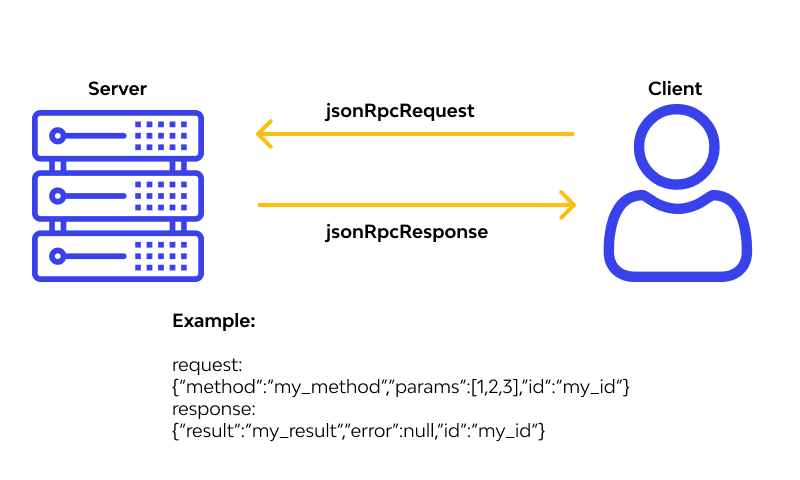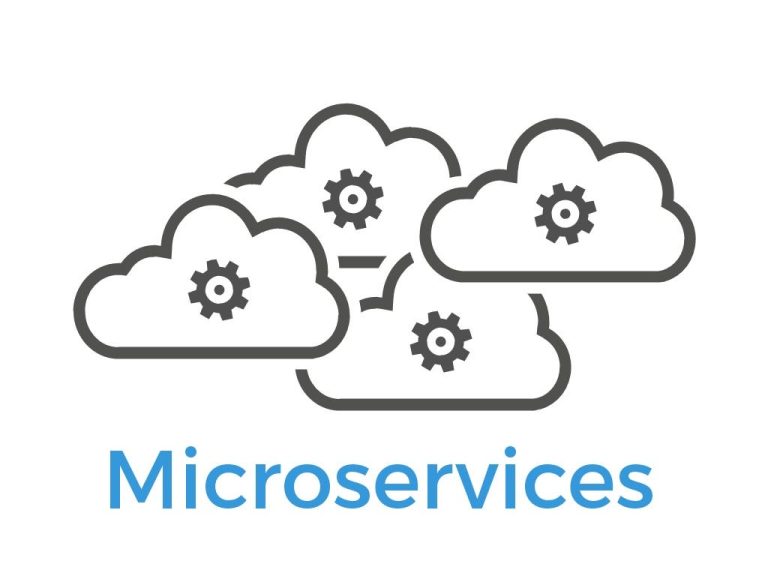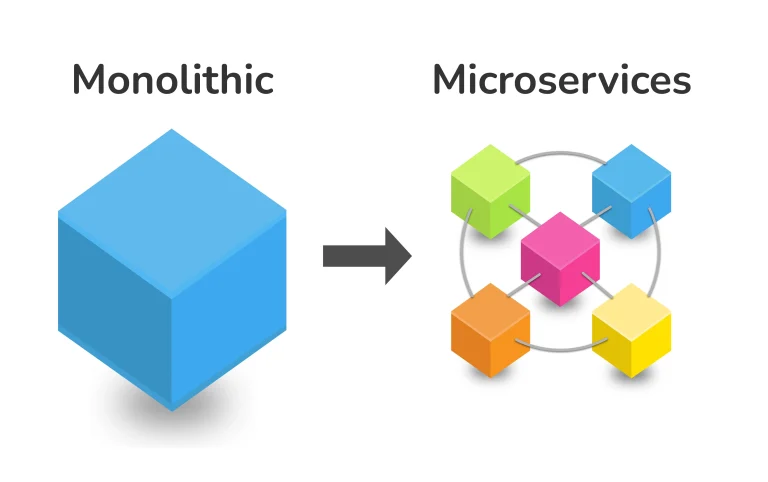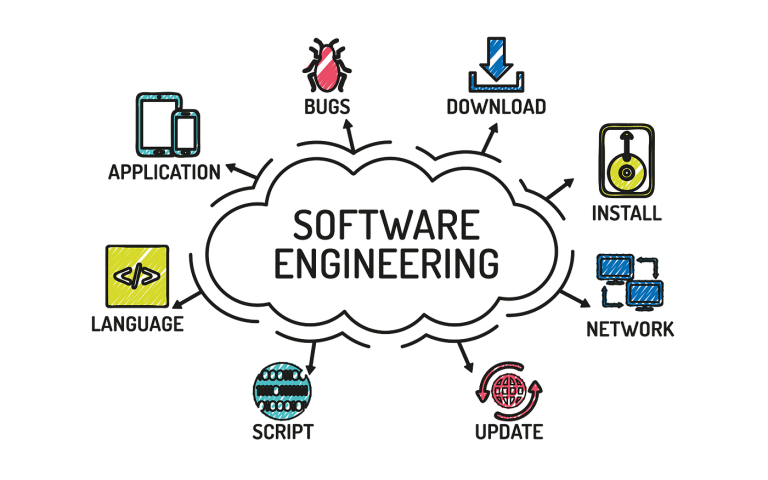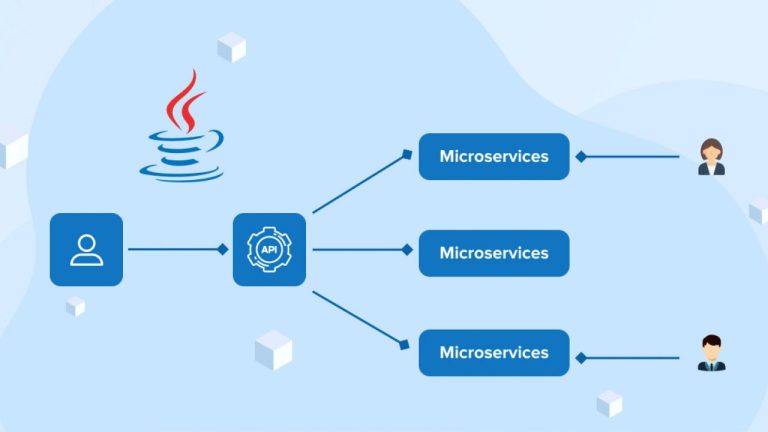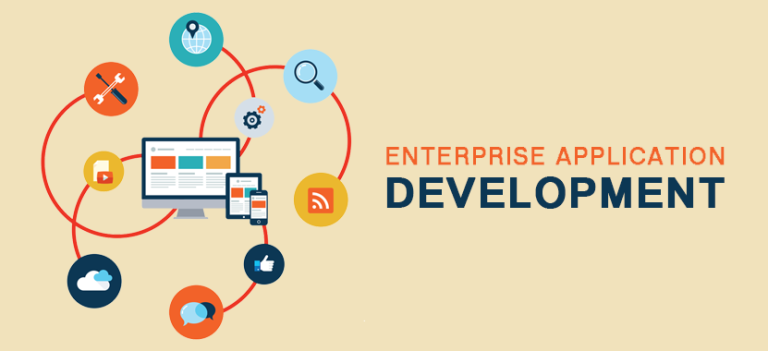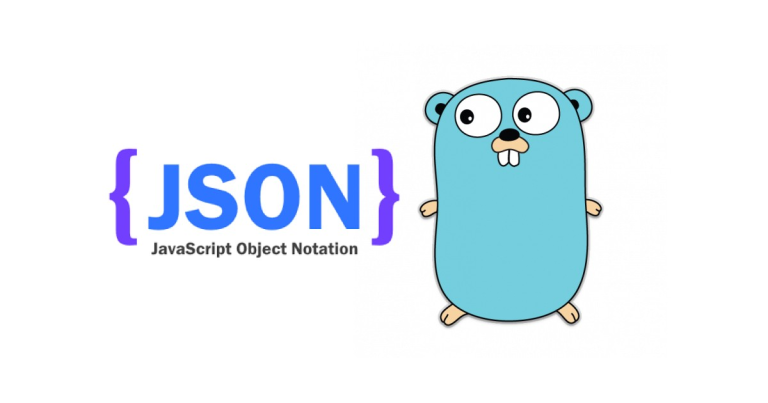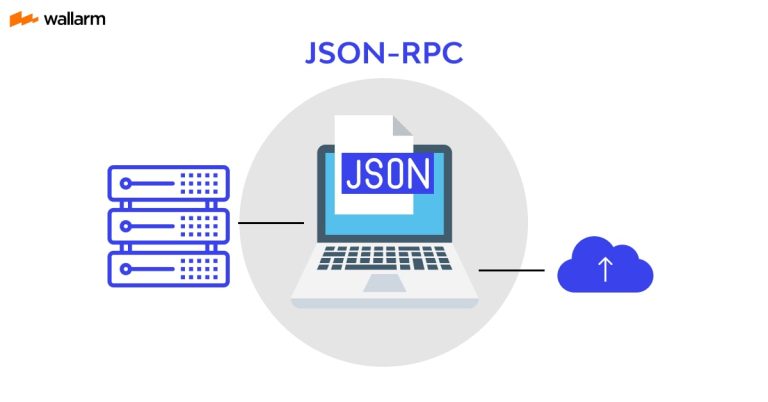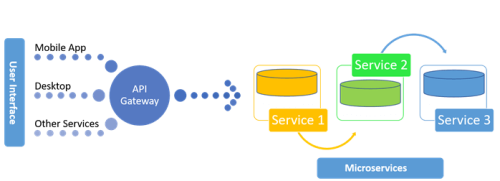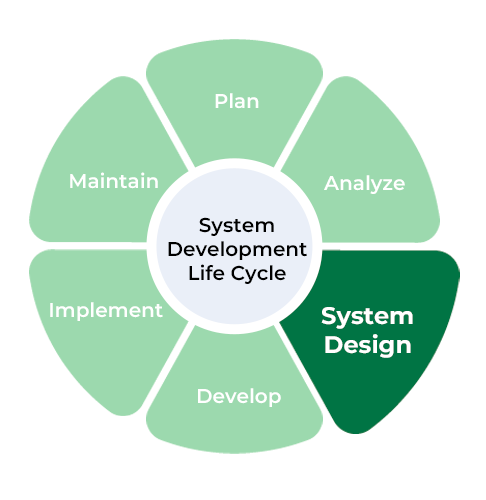Introduction
In the realm of data interchange and communication between systems, various formats and protocols have emerged to facilitate seamless information exchange. Among these, XML (eXtensible Markup Language), JSON (JavaScript Object Notation), and RPC (Remote Procedure Call) stand out as popular choices. In this article, we’ll delve into the characteristics of each, exploring their strengths and weaknesses through a case study.
XML (eXtensible Markup Language)
XML, a versatile markup language, is known for its human-readable and self-descriptive structure. It uses tags to define data elements and attributes to provide additional information about those elements. This makes XML ideal for scenarios where human readability and document structure are crucial.
Strengths:
- Human Readability: The explicit markup structure of XML makes it easy for humans to read and understand.
- Schema Support: XML supports Document Type Definitions (DTD) and XML Schema Definition (XSD), enabling strong data typing and validation.
- Complex Data: Suitable for representing complex hierarchical data structures.
Weaknesses:
- Verbose: XML documents can be verbose, leading to larger file sizes and increased transmission times.
- Parsing Overhead: Parsing XML documents can be resource-intensive.
JSON (JavaScript Object Notation)
JSON, a lightweight data interchange format, has gained popularity for its simplicity and ease of use. It is primarily used to transmit data between a server and web application, but its flexibility allows it to be used in various contexts.
Strengths:
- Conciseness: JSON is more concise than XML, resulting in smaller payloads and faster transmission.
- Ease of Parsing: JSON parsing is efficient and can be done easily in various programming languages.
- Native JavaScript Support: As the name suggests, JSON has native support in JavaScript, making it a natural fit for web applications.
Weaknesses:
- Lack of Schema: JSON lacks native support for schema definition, which can lead to challenges in data validation.
- Limited Metadata: Compared to XML, JSON provides limited support for metadata.
RPC (Remote Procedure Call):
RPC is a protocol that allows a program to cause a procedure (subroutine) to execute in another address space (commonly on another machine). XML-RPC and JSON-RPC are specific implementations of RPC that use XML and JSON, respectively, as their data formats.
Strengths:
- Remote Invocation: RPC allows for seamless remote invocation of procedures, facilitating distributed computing.
- Interoperability: XML-RPC and JSON-RPC enable interoperability between systems implemented in different programming languages.
Weaknesses:
- Complexity: Implementing and managing RPC systems can be complex, especially in large-scale distributed applications.
- Security Concerns: RPC systems may introduce security concerns, and proper measures must be taken to ensure secure communication.
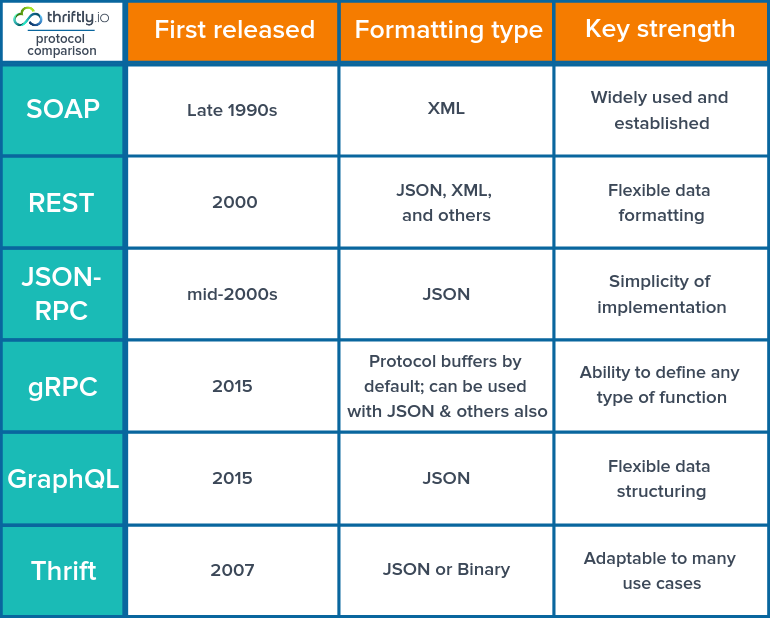
Case Study: E-commerce Order Processing System
Consider an e-commerce platform that processes customer orders, manages inventory, and updates shipping information. Let’s evaluate the use of XML, JSON, and RPC in this scenario:
- XML: Suitable for order data with complex structures, especially when a standardized schema is necessary for validation.
- JSON: Ideal for transmitting lightweight order data between the web application and the server due to its concise nature.
- RPC: Useful for remote invocation of procedures, such as updating inventory or processing payments, enhancing the scalability of the order processing system.
In conclusion, the choice between XML, JSON, and RPC depends on the specific requirements of a given system. XML excels in scenarios where human readability and schema support are critical, while JSON’s conciseness and ease of parsing make it a strong candidate for web applications. RPC, on the other hand, shines in distributed computing environments where remote procedure invocation is essential. The case study highlights the importance of selecting the right combination of these technologies to build a robust and efficient system tailored to the needs of the application.
Case Study: Real-Time Messaging System
Let’s explore a real-time messaging system that involves sending and receiving messages between users. We’ll examine how XML, JSON, and RPC could be utilized in different aspects of this system.
- XML for Message Structuring:
Consider using XML to structure the messages in a way that captures both the content and metadata. Here’s an example of an XML-based message format:
<message>
<sender>JohnDoe</sender>
<recipient>JaneSmith</recipient>
<timestamp>2024-01-26T15:30:00</timestamp>
<content>Hello, how are you?</content>
</message>In this example, the XML structure provides a clear hierarchy for the message components, making it human-readable and easy to extend if additional metadata is required.
- JSON for Real-Time Communication:
When it comes to real-time communication, JSON is often preferred due to its lightweight nature. Let’s consider using JSON for the communication between the client and server when sending and receiving messages:
// Sending a message
{
"sender": "JohnDoe",
"recipient": "JaneSmith",
"timestamp": "2024-01-26T15:30:00",
"content": "Hello, how are you?"
}
// Receiving a message
{
"sender": "JaneSmith",
"recipient": "JohnDoe",
"timestamp": "2024-01-26T15:32:00",
"content": "I'm good, thanks! How about you?"
}JSON’s simplicity and ease of parsing make it suitable for handling real-time communication where quick data serialization and deserialization are crucial.
- RPC for User Presence and Notifications:
To implement features like user presence and notifications, RPC can be employed. Let’s consider using a JSON-RPC approach to notify users when someone comes online:
// JSON-RPC Request to Notify User Presence
{
"jsonrpc": "2.0",
"method": "notifyUserPresence",
"params": {
"username": "JaneSmith",
"status": "online"
},
"id": 123
}
// JSON-RPC Response (Acknowledgment)
{
"jsonrpc": "2.0",
"result": "User presence notification sent",
"id": 123
}In this scenario, RPC facilitates the invocation of the notifyUserPresence method remotely, updating user presence across the system. It enables seamless communication between different components of the messaging system.
Conclusion:
This case study illustrates how XML, JSON, and RPC can be integrated into a real-time messaging system, each playing a distinct role. XML provides a structured format for messages, JSON facilitates efficient real-time communication, and RPC supports remote procedures for features like user presence notifications. By combining these technologies appropriately, developers can create a scalable, efficient, and feature-rich messaging platform tailored to user needs.

